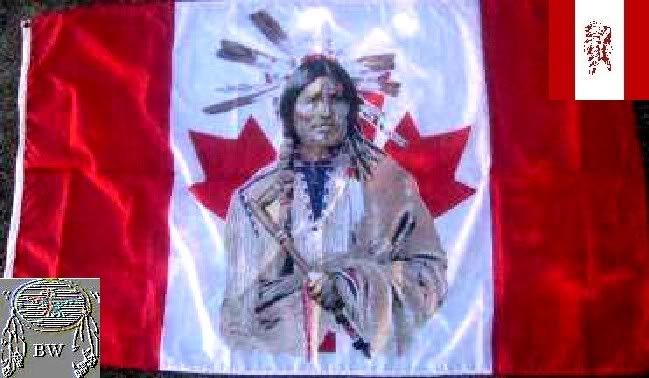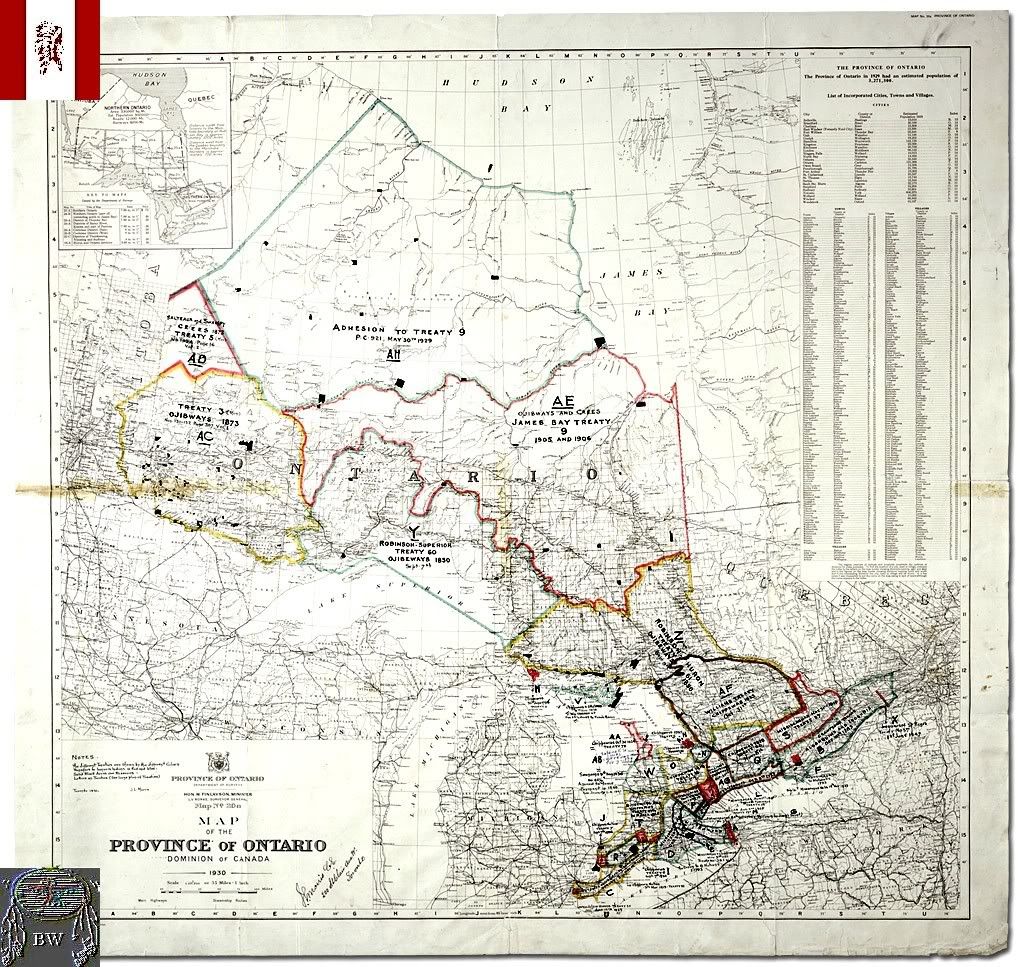|
BRAVEHORSE WARRIOR Isadore
Kutenai Warrior

 Chief Isadore
Warrior Citation
ISADORE, Kutenai Indian chief; b. probably in the area of Kootenay, B.C.; d. 1894 on St Mary’s Reserve, near Cranbrook,
B.C. Like many Native American leaders in western Canada in the late 19th century, Isadore led his people through a period
of change and tension produced by the advance of European settlement. His band, known as the Fort Steele and later as the
St Mary’s band, was one of a number of Upper Kutenai groups that lived along the upper reaches of the Columbia and Kootenay
rivers in the southeastern corner of British Columbia. The Kutenais, more than any other Native American living west of the
Rocky Mountains, were strongly influenced by the cultures of the plains from which they originally came. They ran large numbers
of horses and continued to cross the mountains to hunt buffalo every year. By the end of the 1870s, however, Isadore and his
hunting parties were returning empty-handed because of the depletion of the herds. The Kutenais therefore had to turn increasingly
to cattle-raising and farming at the same time as settlers and gold-miners were beginning to move in on their land. It was
in this context that Isadore came to prominence. By all accounts Isadore was an impressive and dignified individual who, by
virtue of his wealth and energy, held considerable sway over his people. Superintendent Samuel Benfield Steele of the NorthWest
Mounted Police later described him as the most influential Indian leader he had met and stated that even Crowfoot [Isapo-muxika]
and Red Crow [Mékaisto] “dared not, in the height of their power, have exercised the influence that Isadore did.”
His authority derived from his personality, his traditional position of leadership, and, by the 1880s, his relationship with
the Oblates of Mary Immaculate at St Eugene mission on the St Mary River (he was almost certainly baptized, and sometimes
took the advice of the missionaries). But although his influence over his own people was unquestionable, he was not able to
control the external forces that were impinging upon them.
Chief Isadore
Warrior Citation
ISADORE, Kutenai Indian chief; b. probably in the area of Kootenay, B.C.; d. 1894 on St Mary’s Reserve, near Cranbrook,
B.C. Like many Native American leaders in western Canada in the late 19th century, Isadore led his people through a period
of change and tension produced by the advance of European settlement. His band, known as the Fort Steele and later as the
St Mary’s band, was one of a number of Upper Kutenai groups that lived along the upper reaches of the Columbia and Kootenay
rivers in the southeastern corner of British Columbia. The Kutenais, more than any other Native American living west of the
Rocky Mountains, were strongly influenced by the cultures of the plains from which they originally came. They ran large numbers
of horses and continued to cross the mountains to hunt buffalo every year. By the end of the 1870s, however, Isadore and his
hunting parties were returning empty-handed because of the depletion of the herds. The Kutenais therefore had to turn increasingly
to cattle-raising and farming at the same time as settlers and gold-miners were beginning to move in on their land. It was
in this context that Isadore came to prominence. By all accounts Isadore was an impressive and dignified individual who, by
virtue of his wealth and energy, held considerable sway over his people. Superintendent Samuel Benfield Steele of the NorthWest
Mounted Police later described him as the most influential Indian leader he had met and stated that even Crowfoot [Isapo-muxika]
and Red Crow [Mékaisto] “dared not, in the height of their power, have exercised the influence that Isadore did.”
His authority derived from his personality, his traditional position of leadership, and, by the 1880s, his relationship with
the Oblates of Mary Immaculate at St Eugene mission on the St Mary River (he was almost certainly baptized, and sometimes
took the advice of the missionaries). But although his influence over his own people was unquestionable, he was not able to
control the external forces that were impinging upon them.
 Like many Native Americans in British Columbia, Isadore clashed with the settlers and the government which represented their
interests over two related issues: land, and law and order. The Native American reserve commissioner, Peter O’Reilly,
laid out reserves for Isadore’s people in 1884 and, as was his custom, he paid little attention to the natives’
demands or needs. The Kutenais understood the contrast between Native American land policy in British Columbia and on the
Prairies as keenly as any Native American group. They were never offered a treaty and received smaller grants of land than
their Blackfoot neighbors across the mountains had obtained in signing Treaty No.7 in 1877. Isadore refused O’Reilly’s
allocations because they excluded several of the Kutenais’ favourite campsites, especially a fertile piece of land known
as Joseph’s Prairie (Cranbrook) that Isadore had cultivated for years. He saw his prestige further undermined three
years later when one of his followers, Kapula, was arrested on the ill-founded suspicion that he had been involved in the
killing of two miners. Because Isadore considered discipline among his people to be his responsibility, he forcibly freed
Kapula from the jail at Wild Horse Creek in May 1887. This action aroused fears of an “Indian uprising” among
the settlers, who called upon the British Columbia government to intervene. The province was more concerned with security
than with making concessions to the Native American over land. A provincial commission persuaded Isadore to hand Kapula over
to them, and a detachment of the NWMP under Steele was brought in from Lethbridge (Alta). Steele found the Kutenais generally
to be a law-abiding and disciplined group, and he released Kapula in August after a brief investigation. On 22 September three
provincial commissioners, including O’Reilly, were sent to the Kutenais to deal with the land question. They examined
the reserves while Isadore and his band were absent, and confirmed O’Reilly’s earlier decision that Joseph’s
Prairie had to be relinquished to its owner, Colonel James Baker, a rancher and member of the Legislative Assembly. Isadore
was warned by Steele that unless he abided by the commission’s findings another chief would be put in his place. Whatever
Steele may have thought of the justice of these rulings, it was his duty to enforce them. Isadore seems to have been impressed
with Steele’s show of force and to have recognized the futility of armed struggle. He could do little but acquiesce.
Isadore withdrew to a piece of land on the Kootenay River that he had been allocated by the provincial authorities, and through
the last few years of his life he devoted his energy to improving his farm. During the winter of 1893–94 influenza attacked
the Kutenais, and many of the old people, Isadore among them, succumbed to the disease. Native American agent Robert Leslie
Thomas Galbraith recorded the chief’s passing with the note that he was “one of the most remarkable men of the
tribe, a Native American of strong will, who had a great influence for good or evil over his people.” From: historical
accounts & records
Like many Native Americans in British Columbia, Isadore clashed with the settlers and the government which represented their
interests over two related issues: land, and law and order. The Native American reserve commissioner, Peter O’Reilly,
laid out reserves for Isadore’s people in 1884 and, as was his custom, he paid little attention to the natives’
demands or needs. The Kutenais understood the contrast between Native American land policy in British Columbia and on the
Prairies as keenly as any Native American group. They were never offered a treaty and received smaller grants of land than
their Blackfoot neighbors across the mountains had obtained in signing Treaty No.7 in 1877. Isadore refused O’Reilly’s
allocations because they excluded several of the Kutenais’ favourite campsites, especially a fertile piece of land known
as Joseph’s Prairie (Cranbrook) that Isadore had cultivated for years. He saw his prestige further undermined three
years later when one of his followers, Kapula, was arrested on the ill-founded suspicion that he had been involved in the
killing of two miners. Because Isadore considered discipline among his people to be his responsibility, he forcibly freed
Kapula from the jail at Wild Horse Creek in May 1887. This action aroused fears of an “Indian uprising” among
the settlers, who called upon the British Columbia government to intervene. The province was more concerned with security
than with making concessions to the Native American over land. A provincial commission persuaded Isadore to hand Kapula over
to them, and a detachment of the NWMP under Steele was brought in from Lethbridge (Alta). Steele found the Kutenais generally
to be a law-abiding and disciplined group, and he released Kapula in August after a brief investigation. On 22 September three
provincial commissioners, including O’Reilly, were sent to the Kutenais to deal with the land question. They examined
the reserves while Isadore and his band were absent, and confirmed O’Reilly’s earlier decision that Joseph’s
Prairie had to be relinquished to its owner, Colonel James Baker, a rancher and member of the Legislative Assembly. Isadore
was warned by Steele that unless he abided by the commission’s findings another chief would be put in his place. Whatever
Steele may have thought of the justice of these rulings, it was his duty to enforce them. Isadore seems to have been impressed
with Steele’s show of force and to have recognized the futility of armed struggle. He could do little but acquiesce.
Isadore withdrew to a piece of land on the Kootenay River that he had been allocated by the provincial authorities, and through
the last few years of his life he devoted his energy to improving his farm. During the winter of 1893–94 influenza attacked
the Kutenais, and many of the old people, Isadore among them, succumbed to the disease. Native American agent Robert Leslie
Thomas Galbraith recorded the chief’s passing with the note that he was “one of the most remarkable men of the
tribe, a Native American of strong will, who had a great influence for good or evil over his people.” From: historical
accounts & records
|

